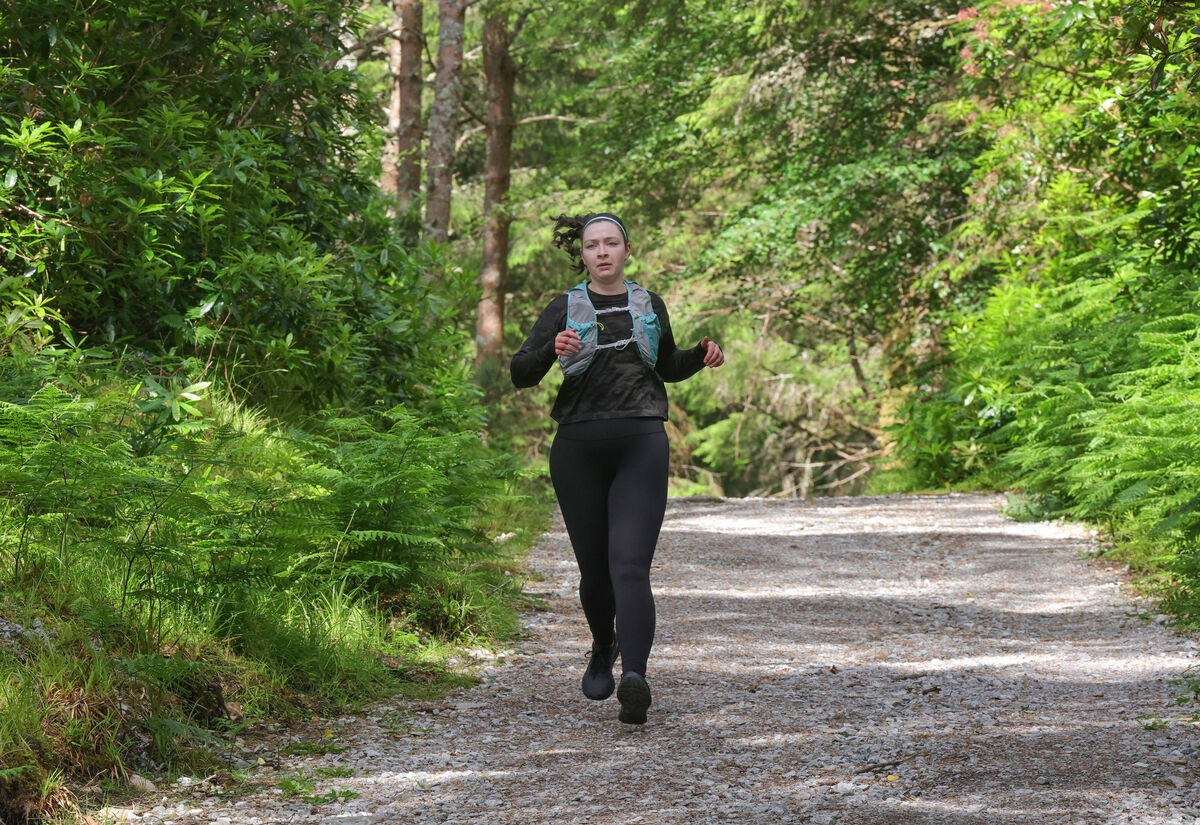The Goggins Challenge: Could you run four miles every four hours for two days?

Emily Crowley, journalist, finding her love again with walking and jogging, in Killarney National Park. Photo: Valerie O'Sullivan
WITH job titles including former US Navy SEAL, triathlete, ultra-runner, public speaker, and author, David Goggins has a lot on his CV.


- Readers interested in attempting the 4x4x48 challenge should seek advice from the appropriate professionals
Your VO2 max, in simple terms, is the amount of oxygen your body uses while you exercise. Two weeks before the first run, Lynch advises: “Start taking beetroot juice shots, two of them a day between now and whenever you’re finished. It will improve your VO2 max and make you a bit more efficient as a runner.”
Another supplement also gets a shoutout from Lynch, beta alanine. “That’s a lactic acid buffer, 5g a day. It will probably come into effect when you get absolutely snookered, it will slow down the rate at which lactic acid accumulates.”
Cramping is a frequent and common issue for most athletes, no matter what the sport. If you suffer from cramps, Lynch says that pickle juice is your friend. “If you feel muscle cramp coming on, having a mouthful of pickle juice actually stops it. It short circuits your nervous system by interacting with something called the ‘TRP channel’ in your oesophagus, it will stop a cramp almost in its tracks.”
O’Sullivan recommends taking preventative steps. “Have stuff prepared—plenty of fresh socks, maybe some different shoes as well.”
Doing runs over and over will eventually become monotonous. ““This is going to be a mental challenge as much as anything, as you do a few runs, as you’re tired, if you have a few friends who run, try and schedule them in for different lengths of it for a bit of company,” O’Sullivan says.

Celebrating 25 years of health and wellbeing










